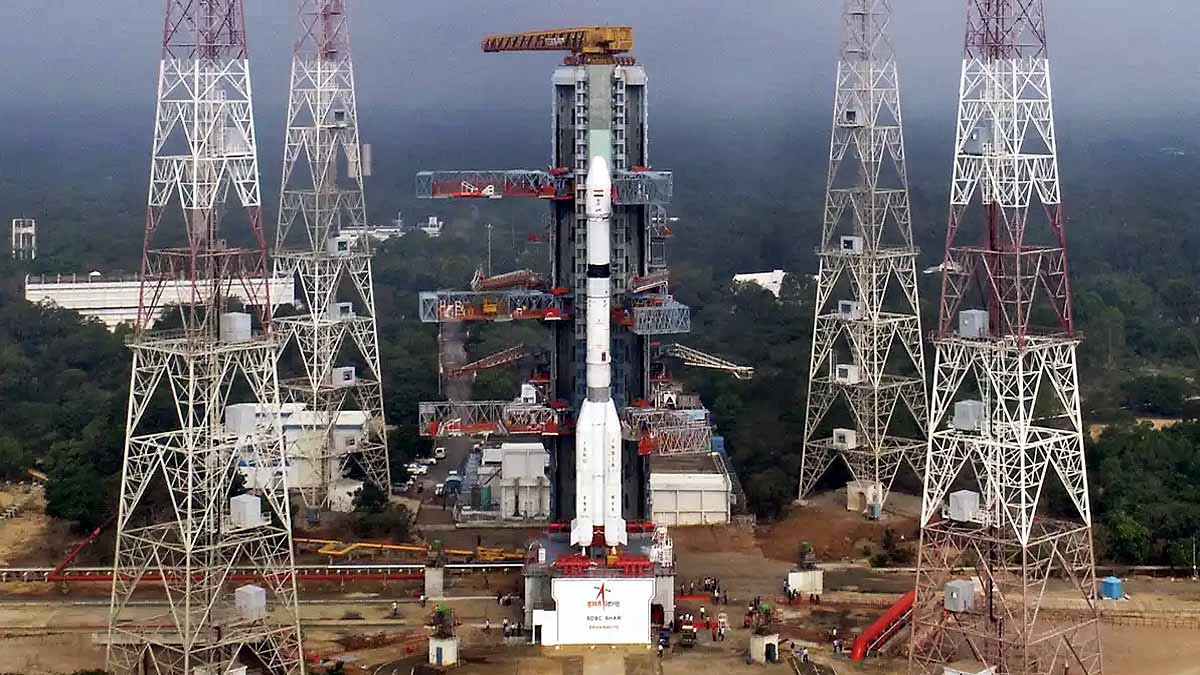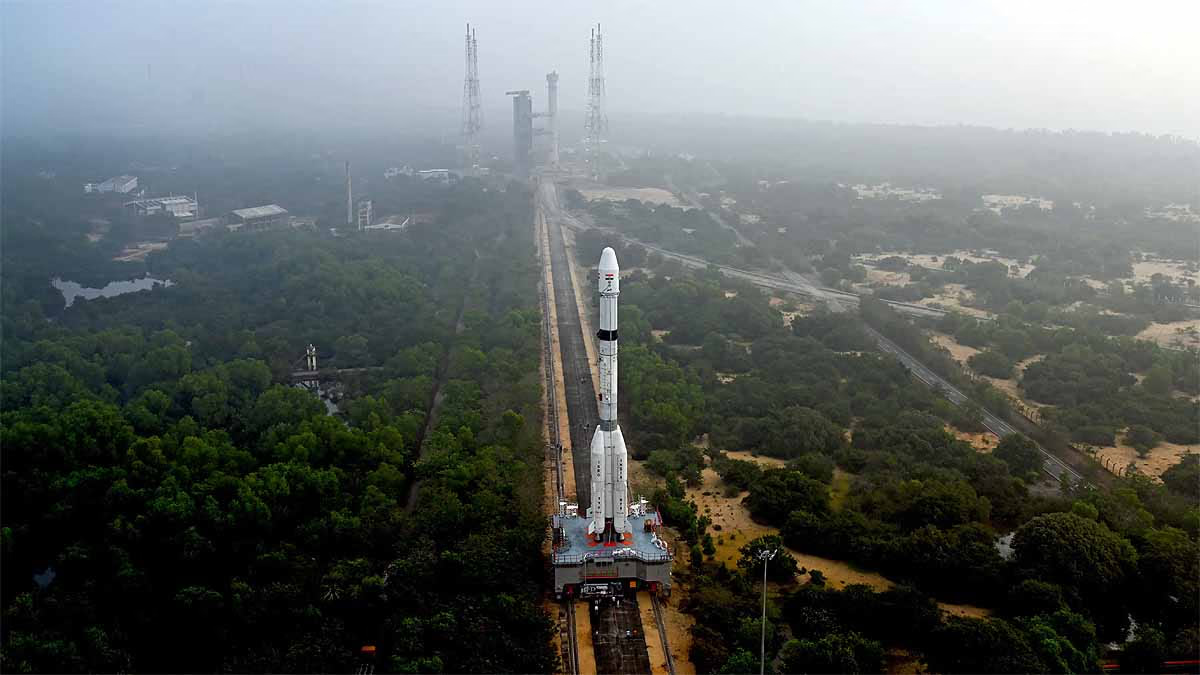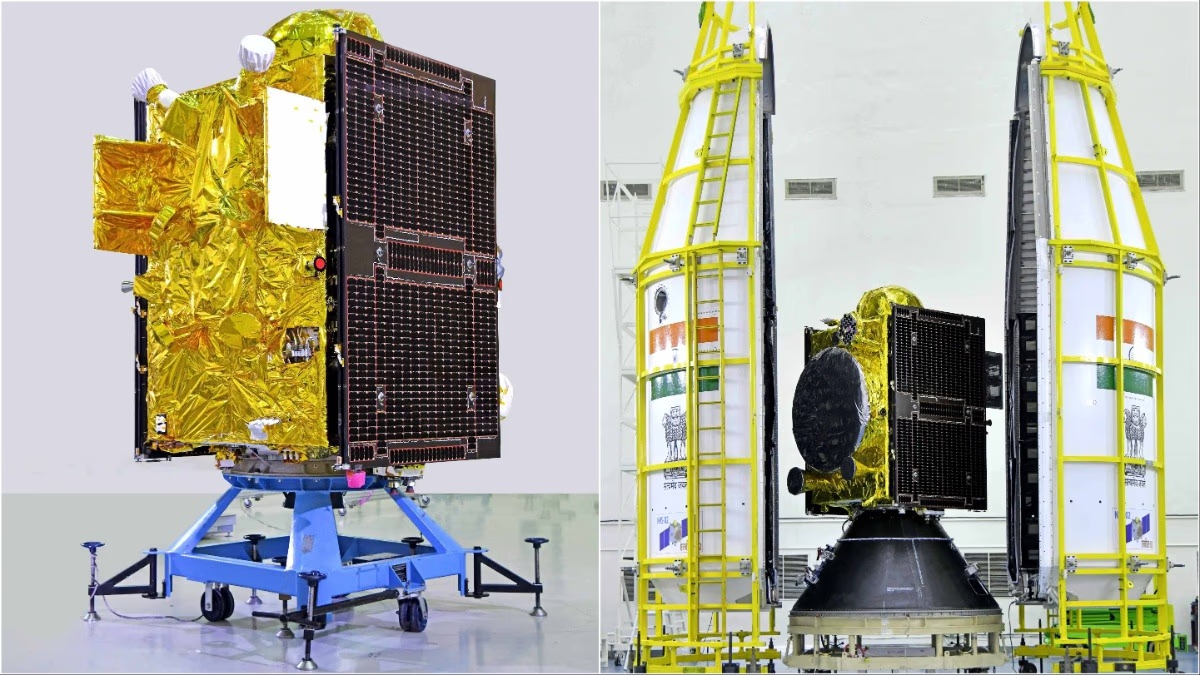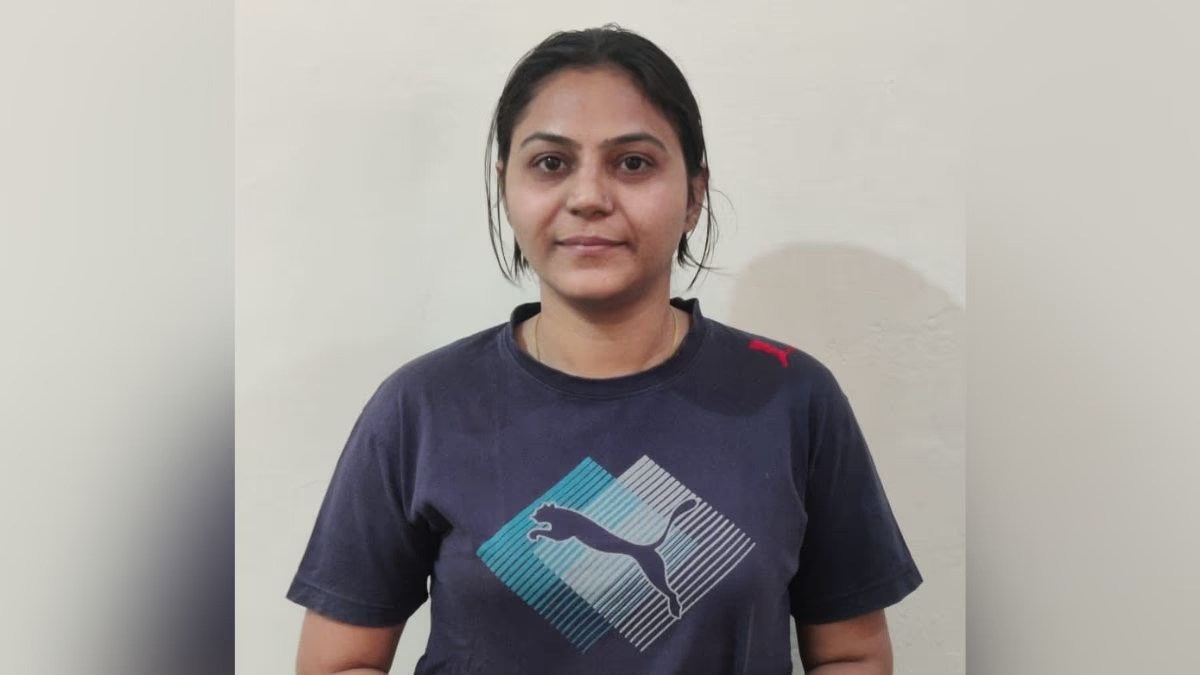The satellite NVS-02, launched by the Indian Space Research Organisation (ISRO) on its 100th mission on January 29, is currently stuck in space, unable to reach its designated orbit due to a fault in the propulsion system, specifically a valve malfunction.
This valve was designed to supply the oxidizer to the Liquid Apogee Motor (LAM). As a result, the space agency has been unable to operate the LAM, which is crucial for the satellite to change orbits and reach its final destination.
Read more: ISRO Makes History with Successful Launch of Its 100th Mission, NVS-02
By Sunday, the satellite remains in a Geosynchronous Transfer Orbit (GTO), typically used to move satellites to their final orbits. Navigation satellites require a nearly circular orbit to function optimally.

Source: aajtak
Can the orbit change without LAM?
Without igniting the LAM, altering the orbit becomes challenging. The valve issue was detected post-launch when the satellite was placed into the GTO. Subsequently, no orbit correction has been made. Another source reported that the valve was not opening, which prevented the supply of oxidizer to the motor, thus disabling it.
Read more: How Does the Grand Kumbh Look from Space? Dazzling Photos from the Space Station
Satellite Remains in Transfer Orbit
Due to this issue, the satellite remains in the GTO. ISRO is now tasked with deciding how to bring the satellite to its optimal orbit. A committee examining this issue has met several times over the past four days to discuss possible solutions.

Source: aajtak
ISRO Maintains Control Over the Satellite
All other systems aboard the spacecraft are functioning properly, and ISRO maintains control over the satellite. The space agency may consider operating the satellite from its current orbit, but a final decision is pending. The NVS-02 satellite is part of India’s IRNSS project, known operationally as NavIC, and includes an indigenous atomic clock.




